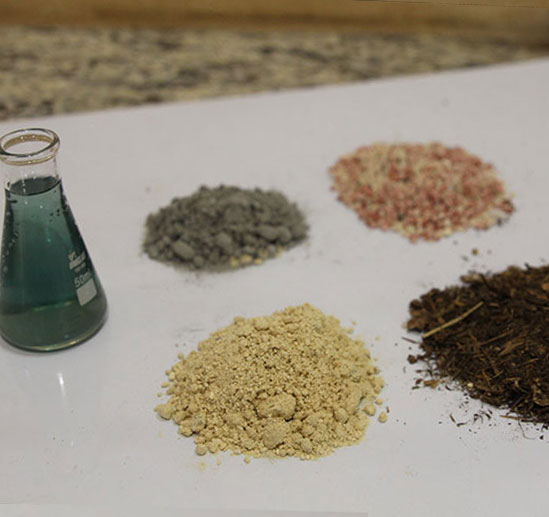BioAVAILABILITY OF ORGANIC MINERAL G2.
Experimental test on the bioavailability of Organic Mineral G2 – “Generation 2 – from Yes” has good results based on accurate research in Viçosa.
Professor Rostagno started the trial with 1000 male chicks that were housed in a conventional shed, on the floor, with a metal structure: feeder, drinker and gas hood.

In 2019, Yes carried out a test in the experimental sheds of the Federal University of Viçosa in partnership with Professor Horácio Rostagno. In the experiment, the bioavailability of the Organic Mineral G2 – Generation 2 – from Yes was analyzed.
It was an experiment with interesting results, in which Professor Rostagno was quite pleased with the results. He stated that, in all the literature used to carry out the study, he did not find any other research as in-depth on bioavailability as the one carried out by Yes in Viçosa.
How was the experiment?
Professor Rostagno started the trial with 1000 male chicks that were housed in a conventional shed, on the floor, with a metal structure: feeder, drinker and gas hood. The animals were bred until 10 days of age in this way.
After 10 days, 400 birds with average weight standard they were selected and transferred to another shed, where the entire installation was plastic: reception was in plastic cages, the excreta collection tray, drinking fountains and feeding troughs, in addition to deionizing the water. All this to make sure that the only source of mineral that the birds would come into contact with was through the feed.
How was the experiment divided?
The trial was divided into eight treatments, with increasing Organic and Inorganic Minerals:
* T1: 0 ppms of Inorganic Zinc;
* T2: 20 ppms of Inorganic Zinc;
* T3: 40 ppms of Inorganic Zinc;
* T4: 80 ppms of Inorganic Zinc;
* T5: 0 ppms Organic Zinc;
* T6: 20 ppms of Organic Zinc;
* T7: 40 ppms of Organic Zinc;
* T8: 80 ppms of Organic Zinc.
The feed sample was collected and sent to the CBO laboratory for analysis of what would be the Zinc content in each of the treatments' feeds. Thus, the birds were bred until 21 days. Thus, after the result of 10 to 21 days in totally plastic conditions, samples of liver, tibia, ileal digesta and excreta were collected and sent to the CBO Laboratory.
Conclusion
All Organic Mineral sources had much more uptake and retention of Zinc by the animal than Inorganic sources.
As for bioavailability, Professor Rostagno and his team reached the following conclusion: having the Inorganic Mineral as 100%, it was defined that the Organic Mineral had 185% more absorption and retention compared to the inorganic source.
This means that, using less than half the concentration of Mineral you wish to use in an Organic source, it is possible to have the same zootechnical performance and better economic performance than if the Inorganic source were used.
ROI was also done. Although the birds are only reared for up to 21 days, comparing feed consumption, live weight gain, feed cost of each treatment and the amount of meat produced at the end of 21 days, it was concluded that, with 80 ppms of Zinc in the Organic source has an ROI of 5:1 compared to the same concentration of Inorganic source.
We are passionate about science!
Founded in 2008, the YesSinergy® it combines animal welfare, food safety and sustainability to produce natural additives that replace antibiotics for animal health and nutrition. Since 2016, YES has been part of Aqua Capital, an investment fund aimed at companies in the agribusiness sector in Brazil and South America.
